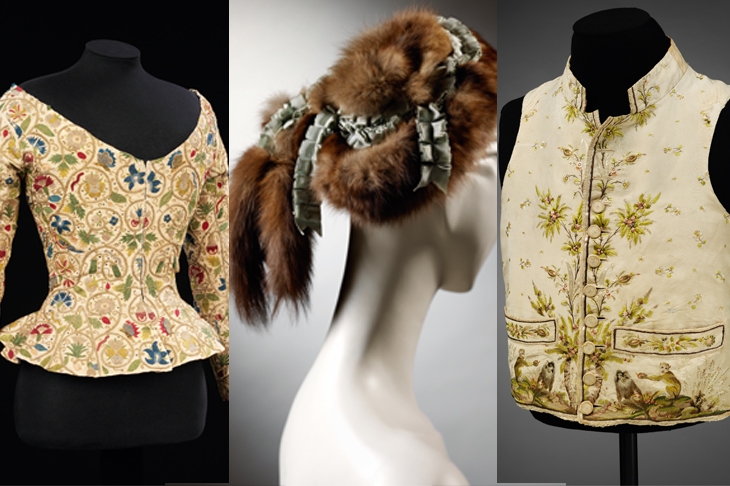One of the prettiest pieces in the V&A exhibition Fashioned from Nature is a man’s cream waistcoat, silk and linen, produced in France before the revolution, in the days when men could give women a run for their money in flamboyant dress. It’s embroidered with macaque monkeys of quite extraordinary verisimilitude, with fruit trees sprouting all the way up the buttons.
And what we know is that they were derived from the Comte de Buffon’s Histoire Naturelle, générale et particulière, of 1749–88. As Edwina Ehrman, curator of the exhibition, observes in her introductory essay, ‘choosing monkeys from Buffon’s publication… to create an embroidery pattern for a waistcoat reflected the fashionable success of Buffon’s encyclopedic masterpiece among Europe’s educated, wealthy classes… in turn, its wearer demonstrated his learning and awareness of the interest in natural history at the highest levels of society.’
The waistcoat’s lucky owner, then, was both terrifically on trend — monkeys were a fashion thing in pre-revolutionary France, in interior decor as well as clothes — and expressing a contemporary fascination with the natural order. But the waistcoat itself, being linen and silk, was also derived from nature. And it is this dual aspect of fashion, both inspired by nature and using natural material, often in problematic ways, that this exhibition is about.
The V&A is perhaps the world’s best dressing-up box, and this exhibition has exquisite pieces from its archive of more than 75,000 items of clothing. One dress makes the point vividly that the global nature of fashion was evident long before our day. It’s a dull-pink court mantua — a formal dress — of quite preposterous dimensions, being nearly as wide as it’s long with a big cane pannier underneath.









Comments
Join the debate for just £1 a month
Be part of the conversation with other Spectator readers by getting your first three months for £3.
UNLOCK ACCESS Just £1 a monthAlready a subscriber? Log in